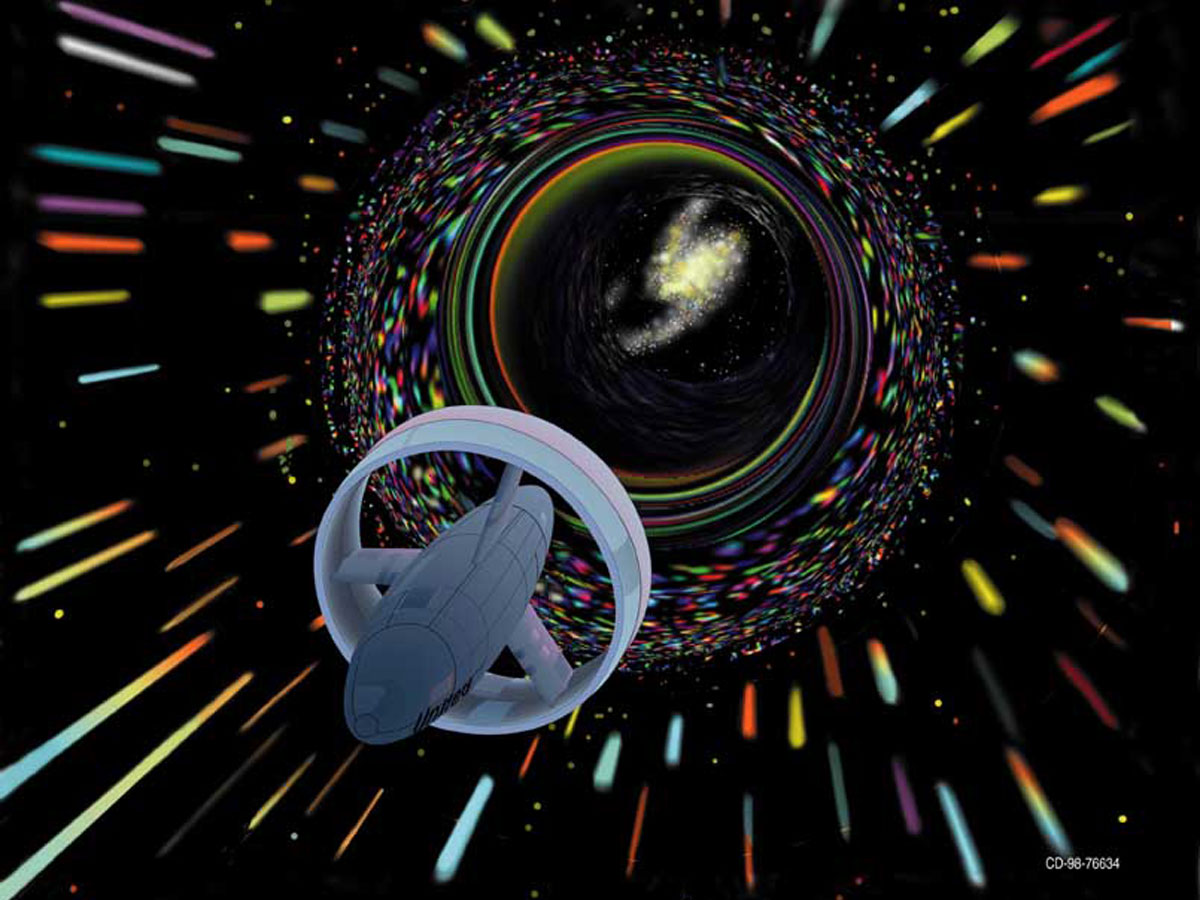During the Super Bowl halftime show this past month, Lady Gaga masterfully demonstrated one of the most unique mass uses of drones to date. At the conclusion of her show, drones powered by Intel were used to form the American flag and then were rearranged to identify one of the main sponsors of the show, Pepsi. This demonstration represented the artistic side of drones and one of the more positive images of them.
Should Private Schools be Outlawed?
Equal opportunity weighs heavily in American views of education. Not everyone can grow up to be a CEO of a Fortune 500 company, but who gets to be CEO should be determined principally by merit, and not according to skin color, place of birth, or family wealth. Both conservatives and liberals describe education as a driver of equal opportunity. While some may be born into poverty and others born into wealth, a well-rounded education can be the leg up that the poor child needs to compete with the rich kids. The moral case for public education rests on its ability to give everyone a shot to rise to the top.
On Providing Safe Spaces for Drug Use
Under new legislation in Maryland, spaces will be provided for illegal narcotics to be ingested in clean facilities under the supervision of medical professionals. There are nearly 100 such facilities worldwide, largely in Europe, where they have existed since the early 1980s. In the United States, where rates of accidental death from opioid overdose have “quadrupled since the late 1990s,” these facilities are still largely a controversial possibility.
Kim Stanley Robinson’s Aurora and Intergenerational Responsibility
Editor’s note: this article contains spoilers for Aurora.
Aurora, the most recent novel by the science-fiction author Kim Stanley Robinson, focuses on the long-distance voyage of Earth’s first interstellar generation starship. A generation starship is a spaceship designed to sustain a small human population stuck on the ship for several generations. This generation ship is travelling 11.9 light years to the Tau Ceti system, a voyage that takes them roughly 200 years to complete. Thus, the inhabitants of the ship that we meet are not those individuals who signed up willingly for the expedition, but rather the descendants of their descendants.
Continue reading “Kim Stanley Robinson’s Aurora and Intergenerational Responsibility”




